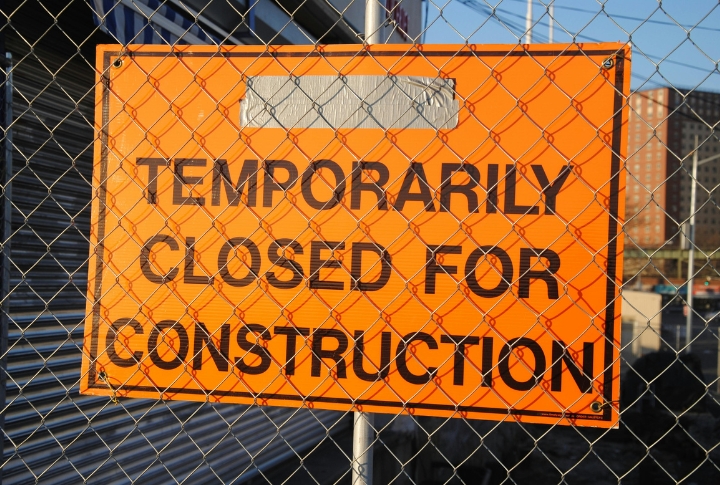
So you saved, you budgeted, you skipped the daily lattes, but still no house? Join the club. It turns out that “doing everything right” doesn’t guarantee a welcome mat anymore. The market’s shifted—and not in your favor. Before you rage-scroll through another real estate app, let’s take a look at what’s making it all so painfully out of reach.
Soaring Home Prices Outpace Incomes

Over the past decade, median home prices in many U.S. cities have surged more than 50%, far outpacing income growth. Adjusted for inflation, wages have barely moved. In cities like Boise and Austin, saving for a down payment can now take over ten years.
Record-Low Housing Inventory

A staggering shortfall of 4.5 million homes is squeezing supply across the country. With new listings at their lowest point since 2012, competition is fierce. Bidding wars are standard, and buyers often resort to writing heartfelt letters just to get noticed.
High Mortgage Rates

Since early 2022, mortgage rates have jumped from roughly 3% to around 7%, drastically increasing monthly costs. For many, that meant being priced out almost overnight. Meanwhile, high rates are freezing inventory as current owners hold onto their low-rate mortgages.
Investor Purchases Skyrocket

One in seven homes in the U.S. was recently snapped up by investors, often with unbeatable all-cash offers. In certain areas, rentals now dominate where starter homes once stood. Entire neighborhoods—and even zip codes—are increasingly controlled by large-scale landlords.
Zoning Laws Limit New Construction

Outdated zoning laws are putting the brakes on much-needed housing development. Numerous cities still enforce single-family zoning, blocking townhomes, duplexes, or multifamily builds. Suburbs locked into 1950s-era rules now struggle to support today’s growing demand and evolving living needs.
Student Loan Debt Delays Buying

Millennials are drowning in student debt like no generation before them. That burden makes it tough to save for down payments or qualify for loans. Many delay buying until their 40s, as strict debt-to-income limits block thousands from homeownership.
Construction Costs Keep Climbing

The price of key materials like lumber, concrete, and steel remains high, while labor shortages delay projects nationwide. As costs mount, builders pass them directly to buyers. In some areas, even permits and fees have doubled, further inflating new home prices.
Worsening Credit Barriers

Lenders began raising the bar after 2008, demanding stronger credit scores than ever. Small missteps like a single missed payment can derail mortgage approvals. Many renters never build credit because on-time payments aren’t reported, locking them out of the home-buying process entirely.
Rising Property Taxes Burden Owners

In fast-growing regions, property taxes are ballooning. Reassessments—especially in suburban neighborhoods—are pushing bills even higher. Some retirees have been forced to relocate, unable to keep up. Even modest homes in high-demand markets are facing surprisingly steep annual tax obligations.
Remote Work Fuels Urban Sprawl

The rise of remote work has pushed housing demand into suburbs and rural towns. Prices in once-affordable areas have soared as buyers with big-city salaries enter the market. In some cases, tech workers buy homes sight-unseen, outbidding local families.
